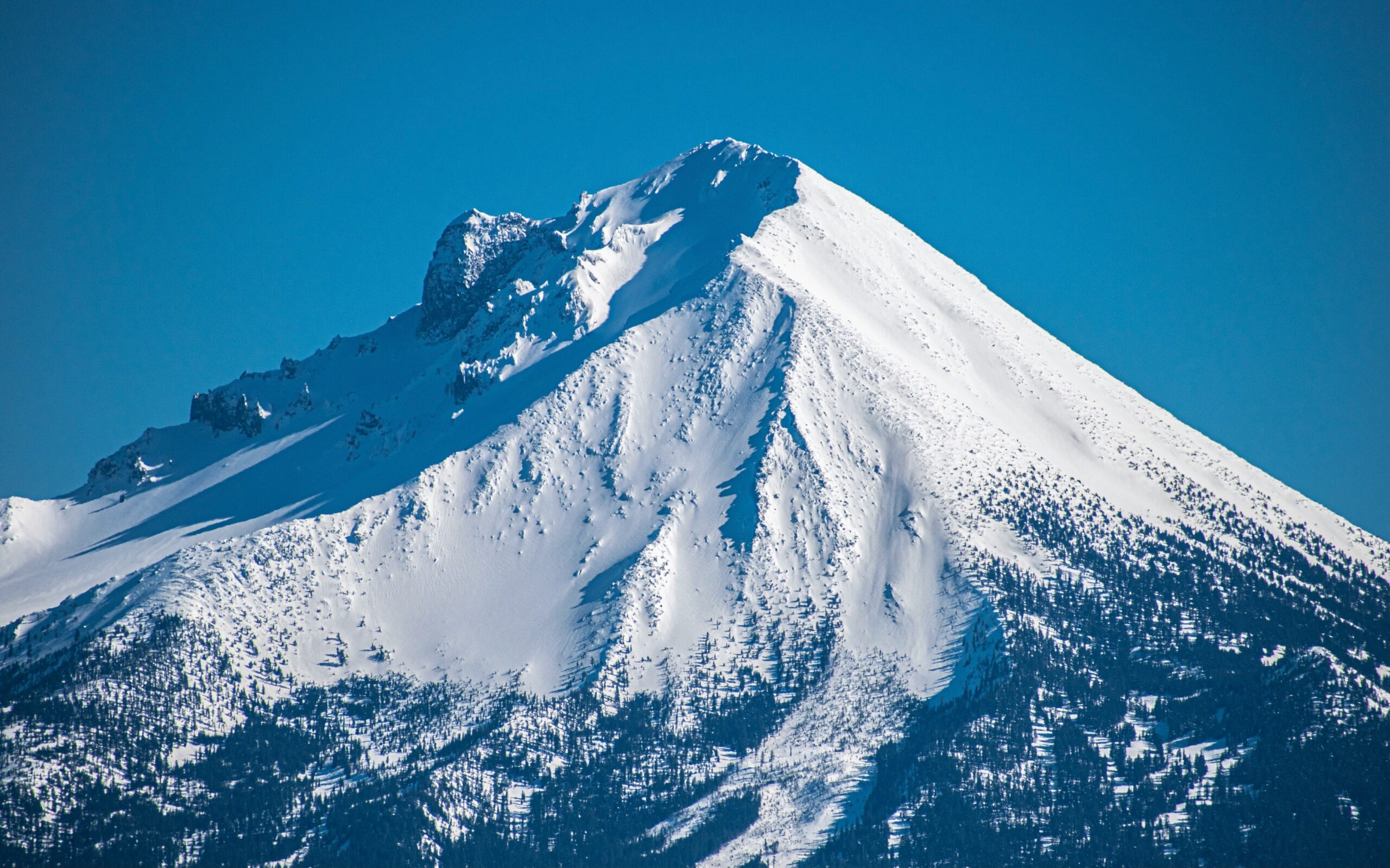
Mount Rainier, towering at 14,411 feet, is one of the most iconic mountains in the United States. It offers a challenging and rewarding experience for mountaineers. Whether you’re a seasoned climber or a beginner looking to take on this majestic peak, proper preparation is key to ensuring a safe and successful summit. From understanding the mountain’s environment to physical training, equipment, and logistics, this guide will help you prepare for the adventure of a lifetime.
Understanding Mount Rainier and Its Challenges
Before beginning your climb, it’s essential to understand Mount Rainier’s terrain and climate. This active stratovolcano in Washington State is notorious for its glaciated terrain, unpredictable weather, and steep slopes. The mountain is home to a complex system of glaciers, crevasses, and rockfall zones that require climbers to have technical skills and a deep respect for the mountain’s potential dangers.
Mount Rainier is considered a challenging climb, even for experienced mountaineers. It requires both endurance and the ability to adapt to rapidly changing weather conditions, from freezing temperatures to sudden storms. The summit push, which can take anywhere from one to two days, depends heavily on physical stamina, proper acclimatization, and an understanding of the weather patterns that govern the region.
Training and Physical Preparation
Physical preparation is one of the most crucial elements of a successful summit. Climbing Mount Rainier demands cardiovascular endurance, strength, and mental toughness. Begin your training at least three to six months in advance to build the necessary stamina and strength.
For cardiovascular endurance, focus on hiking, running, and cycling. Make sure to include interval training to simulate the fluctuating pace of a climb. Building leg strength is just as important—include squats, lunges, and stair climbing to prepare for the long ascent. If possible, don’t forget to train at high altitudes, as decreased oxygen levels at higher elevations can tax your body.
Additionally, hiking with a loaded pack will help you simulate the conditions of the climb. Start with lighter loads and gradually increase the weight to match the pack you plan to carry on the climb. It’s also essential to incorporate weight-bearing exercises for your core and upper body, as these areas will be under strain when you’re climbing with an ice axe and mountaineering boots.
Selecting the Right Gear
Choosing the right gear is essential for your safety and comfort. Mount Rainier’s terrain includes snow, ice, and rock, so your equipment needs to be versatile and durable. The basics include ice axes, crampons, a harness, and a rope, but many other pieces of gear will ensure your safety on the mountain.
The most critical item is a high-quality pair of mountaineering boots. These boots should be insulated, waterproof, and compatible with crampons. They should also fit well to avoid blisters and ensure stability during the ascent. Layering is key to staying warm on Mount Rainier; wear moisture-wicking base layers, an insulating mid-layer, and a waterproof and windproof outer shell. Gloves, a hat, and goggles or sunglasses are also essential for protection from cold and sun exposure.
You’ll also need to bring food and water to fuel you during the climb. High-energy, lightweight snacks like energy bars, nuts, and dried fruit are great choices. Consider a hydration system like a Camelbak to keep water accessible throughout the climb. Regarding sleep systems, bring a sleeping bag rated for cold temperatures and a high-quality tent. If you’re not experienced with glacier travel, consider hiring a guide to ensure you stay on the safest path.
Navigating Glacier Travel and Crevasse Rescue
One of the most significant dangers on Mount Rainier is the presence of crevasses—large cracks in the glaciers that can be hard to spot and even harder to avoid. Proper glacier travel techniques are essential to ensure you’re not caught off guard. If you’re climbing with a guide, they will help you along the safest path. Knowing the basics of glacier travel is essential for solo or team climbing.
For climbing teams, proper rope techniques are crucial. You should be familiar with roping up, arresting a fall, and traveling as a team. When a crevasse is encountered, your ability to self-arrest or perform a crevasse rescue can save lives. Practice these skills in a controlled environment before you embark on your climb. Many climbing schools offer training courses in crevasse rescue techniques.
Timing Your Ascent
The timing of your ascent is another critical factor in preparing for Mount Rainier. The climbing season typically runs from late June through early September, as these months offer more stable weather and safer conditions on the glaciers. However, remember that the weather on Mount Rainier can change rapidly, even during the summer.
Weather forecasting is essential in mountaineering. It’s vital to pay attention to weather patterns in the region leading up to your climb and stay updated with forecasts from the National Weather Service. You’ll also want to monitor the mountain’s summit conditions regularly. Your timing also includes proper acclimatization; you should take time to adjust to the elevation before making the final push for the summit to avoid altitude sickness.
Mental Preparation and Teamwork
In addition to physical preparation, mental strength is key to climbing Mount Rainier. The summit push will test your perseverance and determination. Staying positive, working as a team, and keeping your goal in sight is essential. If you’re feeling fatigued, focus on each step rather than becoming overwhelmed by the big picture.
If you’re climbing with a group, remember that teamwork is essential. Trust your team members, and work together to navigate the various challenges that may arise. Be prepared for long, tiring days, and keep morale high by staying motivated and supporting each other.